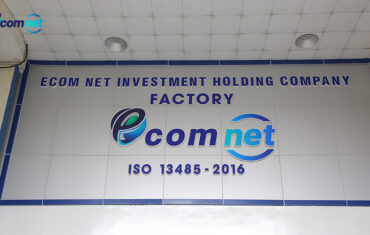Selecting the best PPE for workers is not always an easy task. In fact, with so many different kinds of equipment to consider, selection can feel almost impossible at times.
When deciding what protective suits to outfit workers with, there are some factors to account for. Depending on the type of work being done, employees can wear anything from jackets and gloves to full bodysuits. These different types of PPE are expected in all work environments where employees are handling potentially harmful materials and for good reason.
But how do you go about selecting each of those specific pieces of equipment? To avoid complications and frustration when choosing PPE, let’s examine some common sources of confusion.
Understanding the Test & Rating of PPE
Cut-resistant PPE level is determined, in the United States, by the American Society for Testing and Materials (ASTM) standard F2992M, which can be found on the ASTM website. The standard itself details the test method used to determine a material’s cut-resistant level, including how the test is conducted and what it measures. However, the fact that ASTM standards are written by and for people with a high level of technical knowledge. As a result, very few people understand the test and how it works, including safety managers.
Understanding PPE Features
Many times, people purchase protective suits because they see it has a high level of resistance. They never questioning what that piece of equipment is resistant to. This stems from a lack of understanding when it comes to PPE features and standards, and it’s not their fault.
Cost and Quality of PPE
When it comes to cost, some essential questions must be asked, mainly:
- How long will it last?
- When will I have to replenish it?
- What will it cost my company in a year?
Most times, you will find that cost and quality directly correlate to one another. That quality translates into PPE that is safe and comfortable to wear. Without doing any research, though, it can be easy to assume that cheaper one will get the job done. Understanding the real price of safety is important.
Using employee knowledge
Frequently, safety managers decide on PPE without first speaking to the employee who will be wearing it. It’s important to remember that employees are the ones being protected by PPE selected for them. Observing the repetitive task the employee is doing is the key to selecting the right protective suits.
Time
Another problem many safety managers face is not having enough time to make the most informed decision possible. To make the best PPE selection, research must be conducted.






